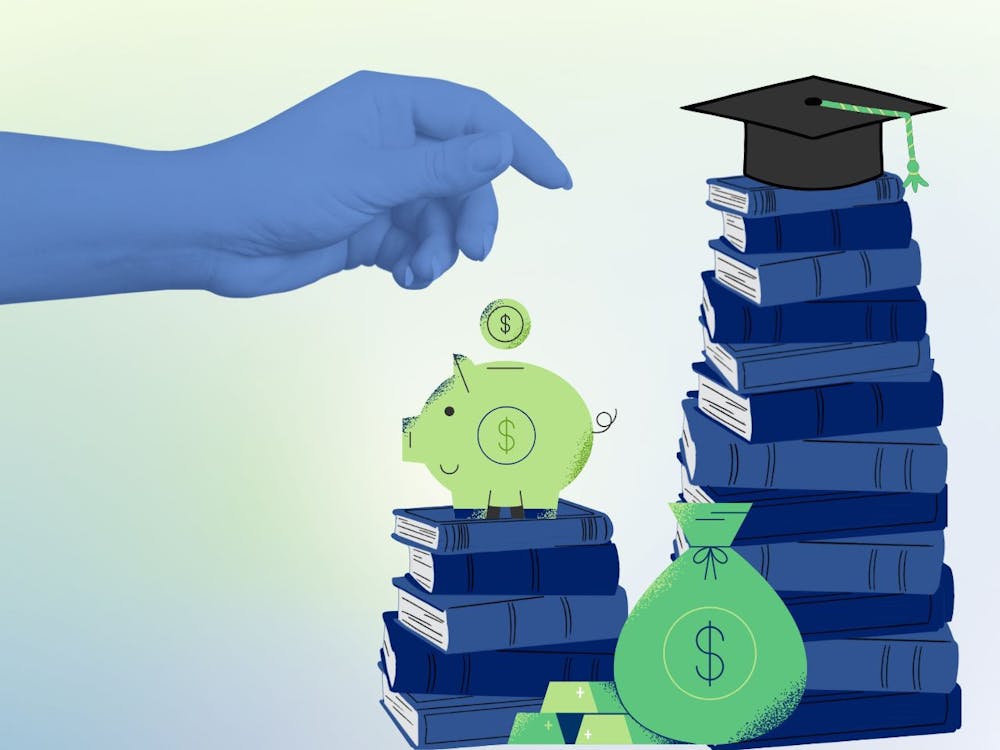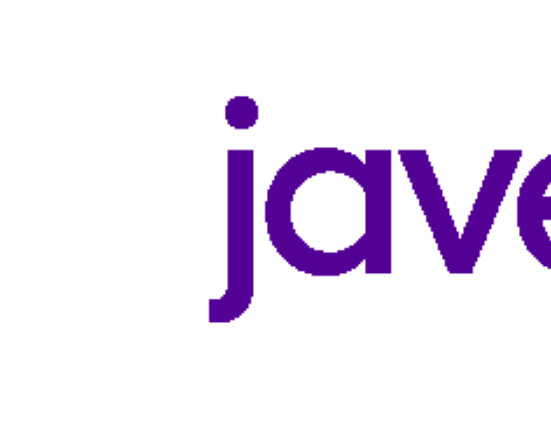President Donald Trump is carrying through on his campaign promise to dismantle many student loan forgiveness and repayment plans through the “One Big Beautiful Bill Act,” which he signed into law July 4.
Lynn Pasquerella, president of the American Association of Colleges and Universities, told The New York Times that the policy changes will ultimately “make college less affordable.” Chris Simmons, Duke’s vice president for government relations, echoed the sentiment, writing in a July 3 email to The Chronicle that “moving forward, students will have fewer, and less affordable options to fund their education.”
Republicans who voted in favor of the bill claim it frees taxpayers from subsidizing college degrees for others. Some have also promoted the new policies as a way to hold universities accountable for skyrocketing tuition costs and the accompanying increases in student debt.
But setting aside the debate over how the higher education landscape will be impacted in the long term, what’s immediately clear is that students who borrow from the federal government will soon see many changes to that process. The new law will impact roughly 30% of Duke students who take out loans, in addition to future Blue Devils seeking federal aid and a host of alumni in the process of paying off their own loans.
Here’s how the University’s student borrowers could be affected.
Loan Issuing
The bill imposes a lifetime cap across all federal student loans. Beginning July 1, 2026, students will not be able to borrow more than $257,500 in total across all federal loan programs and during all years of postsecondary study. Parent PLUS loans — a type of loan taken out by parents on their child’s behalf — are excluded from this total.
Several federal loan programs will see new restrictions that further limit the amount of aid students receive; others will be terminated altogether. These changes will go into effect July 1, 2026.
Parent PLUS: This program will become more limited.
Parent PLUS loans are available to parents of undergraduate students that meet eligibility requirements and are meant to cover their child’s educational expenses not met by other forms of aid.
They will soon be capped at $20,000 per year, with a lifetime cap of $65,000. Previously, these loans could cover a student’s total cost of attendance, excepting other forms of financial aid.
Graduate PLUS: This program is ending.
Graduate PLUS loans operated similarly to Parent PLUS loans, except they were available to graduate and professional students to cover their own educational expenses.
The “Big, Beautiful Bill” Act terminates this program for new borrowers. Students who have already borrowed from the Graduate PLUS program before the changes take effect in July of next year will reportedly still have access to their loans.
Direct Unsubsidized Loans: This program will be limited for graduate students but expanded for professional students.
Direct Unsubsidized loans are the other loan type available to graduate and professional students, and they will soon become their sole option. They are also offered to undergraduates. Eligibility is not based on financial need, and a student’s school determines the amount they can borrow from the program.
The new law splits borrowing caps for graduate and professional students. Previously, all graduate and professional students were capped at $20,500 per academic year in Direct Unsubsidized loans. Now, graduate students will remain at that level, but professional students will be able to borrow $50,000 per year.
Aggregate caps on these loans are also changing. Whereas graduate and professional students were previously allowed to borrow up to $138,500 in Direct Unsubsidized Loans, the bar will be lowered to $100,000 for graduate students but raised to $200,000 for professional students. These total caps do not include funds borrowed as an undergraduate.
Pell Grants: Eligibility for this program will be expanded for some and restricted for others.
While not a loan program, Pell Grants are a significant source of federal aid for low-income students. They are offered to certain undergraduates with significant financial need and do not need to be repaid.
Get The Chronicle straight to your inbox
Sign up for our weekly newsletter. Cancel at any time.
The “One Big Beautiful Bill” makes students completing workforce training programs eligible for Pell Grants for the first time. It defines these short programs — between eight and 15 weeks — as ones that “provid[e] an education aligned with the requirements of high-skill, high-wage … or in-demand industry sectors or occupations.”
Students whose full cost of attendance is covered by grant aid from non-federal sources — such as state-level government grants, or scholarships from their university or a private organization — will no longer be eligible for Pell Grants.
Loan repayment
Duke students and alumni who have already taken out federal loans should also expect big changes coming to their repayment plans.
The Education Department is consolidating the seven repayment plans it currently offers, switching to a binary system that the White House said, “condenses a maze of loan options into two.” Starting July 1, 2026, new borrowers will choose between a Standard Plan and a Repayment Assistance Plan.
A student’s Standard Plan will have a fixed repayment schedule based on the total amount of debt they accrue. For example, borrowers with less than $25,000 in total debt will be enrolled in a 10-year repayment plan. On the other end, those with over $100,000 in debt will have a 25-year plan.
The Repayment Assistance Plan (RAP) functions similarly to an income-driven repayment (IDR) plan, where monthly payments are calculated based on the borrower’s income and family size.
Existing IDR plans are being phased out under the new law, including the now-discontinued Saving on a Valuable Education (SAVE) plan, Pay as You Earn (PAYE) plan, Income-Based Repayment (IBR) plan and Income-Contingent Repayment (ICR) plan.
Borrowers with IDR plans will have until July 1, 2028, to switch to one of the new options.
Experts are somewhat divided on the change. Sarah Reber, a senior fellow at the nonpartisan think tank the Brookings Institution, told CBS that the more streamlined system represents a “huge improvement” from the assortment of federal loan programs available now, which she said can be confusing for prospective borrowers to sort through.
But other experts believe the new RAP will be more expensive for some borrowers in the long run. The New York Times pointed out that the maximum repayment schedule is 30 years — five to 10 years longer than current income-driven plans. It also requires borrowers with no income to make minimum monthly payments of $10, and the income index is not adjusted for inflation.
“The message RAP sends is this: Congress wants borrowers to pay their loans back in full, and they want the federal loan system dramatically scaled back,” financial planner Travis Hornsby told The Times.
An important note for those currently enrolled in SAVE: Before the program is fully phased out, borrowers should resume paying interest on their loans Aug. 1, per a July 9 Education Department announcement. Payments had been paused while the program was under legal review.
And for those enrolled in IBR: Loan forgiveness for certain borrowers who have completed 20 or 25 years of payments is now suspended, following an Education Department directive issued earlier July. IBR was the only of the four federal IDR plans to still offer loan forgiveness after the other programs were halted by a court injunction.

| Data Editor
Zoe Kolenovsky is a Trinity senior and data editor of The Chronicle’s 121st volume. She was previously news editor for Volume 120.







